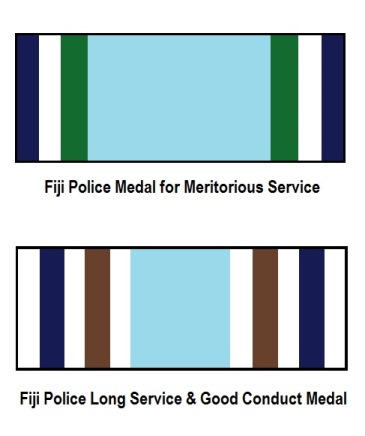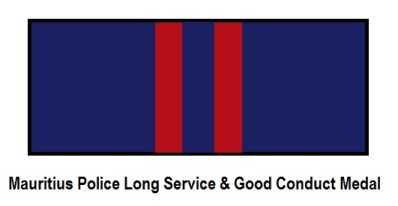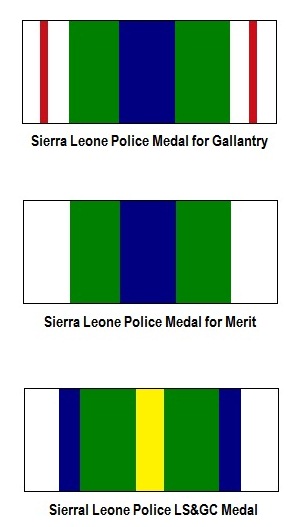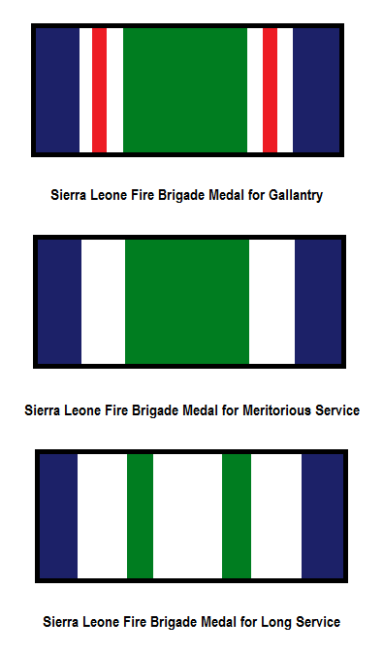-
Posts
235 -
Joined
-
Last visited
-
Days Won
1
Content Type
Profiles
Forums
Blogs
Gallery
Events
Store
Posts posted by Tony Farrell
-
-
Then it will become a scarce and desirable award for collectors who specialise in such areas. It would not be without precedent.
0 -
Thanks for putting me right. Every little helps. Is there a definitive cut off date for imperial awards in the Rhodesian armed forces? I've not been able to find one. I only ask as I have a medal in my collection that omits the 'Southern' prefix following the federal period and I'd like to know how much of a shelf life these issues had before being replaced by the post UDI awards.
0 -
As far as I've been able to ascertain, the TJFF utilised a rank structure based on the Turkish model - not unlike the Egyptian and Sudanese armies, but with minor titular differences relating to the equivalent ranks of captain (rais) and major (kaid).
These lower ranks appear to have been locally-commissioned positions and not those used by the (more senior) seconded British officers who continued to use their own ranks, though they may have been referred to by their Turkish equivalent titles: major (bimbashi) and lieutenant colonel (kaimakam).
Any confirmation or clarification on this would be appreciated.
1 -
Just spotted this. That's one hell of an interesting group: Police MSM for Gallantry, Police MSM, Police LS&GC and an Independence. Were they named?
0 -
It's the ribbon for the decoration (RD), not the medal. He was thus an officer in the RNR.
0 -
It should read name, battalion and Grenad. Guards.
0 -
The young chap in the top photo is Royal Fusiliers with a Territorial Force battalion as he appears to be wearing territorial shoulder titles. The other chap is 'possibly' East Yorkshire Regiment. Both shots are typical wartime studio photos. Neither are wearing Canadian pattern tunics. Make of that what you will.
0 -
It's French manufactured. They made DCMs as well.
0 -
I think it's something to do with the tender process, i.e. the manufacture. The design, warrant and clasp criteria (to date) have all been sorted. The design is surprisingly traditional and a departure from recent design trends. It's quite Victorian in overtone.
0 -
Bert, the DIN is still restricted, so I would advise against posting ops and areas, screen grabbing designs etc, as there could be ramifications for the forum. However, given that the ribbon design is already 'out' - thanks to a factory tour by HMQ, where the ribbon was clearly on view (amongst the other recent issues) - I cannot see the Defence of the Realm being compromised by a knocked up jpeg on Paintbox. So...
0 -
Thanks for the reply Dave. It corroborates the prioritisation v supply supposition.
0 -
I can only think that this is a local borough police award if indeed it's 'yer man' - as he'd have had no prior police service to WWI that would suggest a 1902 Police Coronation. In any case, if it was such it would (by then) have been worn after the BWM/Vic (which you've correctly ID'd).
The regulations as regards to the wearing of these borough and county awards was haphazard at best and was down to local command permission. Unfortunately, I have no idea which medal it could be, but it's positioning ahead of his war medals is suggestive of a bravery award.
0 -
-
-
There was a series of long and meritorious service awards introduced upon SL becoming an independent dominion in '61. These supplanted the CPM (both for gallantry and merit) and the Colonial Police and Fire LSMs. Though the designs were markedly different, they followed the established model of the predecessor awards. All used the Cecil Thomas 'Tudor' effigy of Elizabeth II and the reverses reflected the service with inscriptions denoting award type. They all had ring suspenders and were struck from both silver and cupro-nickel - the latter materiel being utilised for the LS awards only.
All of the above awards are excessively rare, and to the best of my knowledge none have come onto the market in recent years... if ever! Given the turbulent state of the country, it's extremely likely that the survivability of any of the above awards is low. I haven't even seen any images never mind encountered as much as a specimen example. I await the day when one crops up (along with the elusive Mauritius Police issue). We can but live in hope.
0 -
I know Merv. I seem to be unable to upload anything.
0 -
I would be particularly interested to hear of other examples of this medal in anyone's collection, with specific emphasis on naming style and (if singular and mounted) pin brooch.
0 -
Rhodium plating for this particular medal was introduced around 1980/1
0 -
Probably because it was the only medal for the operation (i.e. not already covered by another issue) and was officially-sanctioned by the ADF - who's authority 2RGR (and support elements) came under. The Gurkhas were the only UK recipients of this medal as far as I can recall.
0 -
BJOW I've never heard of any exceptions and know of guys who had to leave on reaching 50 years of age with 21 years service in the Police and military service who didn't get the LSGC medal when you still had to do 22 years service.
I know of a chap who joined the RAF in the early '60s, spent his entire time in the UK, left after twelve, joined the police after a spell at uni, did twenty-one years and compulsory retired at 60 as a Sgt in 2001. That's thirty-three years of uniformed service with not one single medal to show for it. Had he remained in a few more months he'd have qualified for the 2002 Jubilee Medal. And I know of another chap who did three years and got two for one six-month UNFICYP tour in '91 slap bang in the middle of Op Granby (I myself missed out on that particular party by a mere four weeks). And then there's another chap who missed out on his LS&GC thirty-year bar by six months because he joined as a junior and did 'one for the Queen'. And then there's a mate of mine who missed out on her ACSM by twenty-four hours. Such is life.

0 -
INTERFET.
0 -
They do. The RSAF maintain a UAS system that is based on that of the UK, with a dedicated squadron for undergraduate training, rather than various UASs dedicated to specific universities.
0 -
The Zimbabwe Independence Medal was not authorised for wear in the UK. However, you will sometimes see the silver type officially worn, as these were Restricted Wear (by permission) awards. It's also worth remembering that even though UDI was declared in '65, Rhodesia remained a Commonwealth realm for a further five years and the imperial awards continued until the republican awards were instituted in 1970. Rhodesia (regardless of UDI and the republic), was still officially 'on the books' as the Crown Colony of Southern Rhodesia until April 1980.
1 -
To regiment-specific collectors, finding these Militia long runners - and the equally hard-to-source Special Reserve issue - is a rare occurrence. Well spotted. Please send my condolences to your wallet!
 0
0









Pipers Jacket Highland & Lowland
in Great Britain: Militaria: Badges, Uniforms & Equipment
Posted
Standard Highland/Lowland No2 SD tunic worn by various regiments, but specific to pipers in the UDR, as non-pipers wore the standard pattern No2 jacket with rifle green trousers. The Rangers also had pipers, but the qual badge would've been green on black. This would've been worn throughout the '70s and '80s'. The material changed to a cheaper fabric in the '90s.